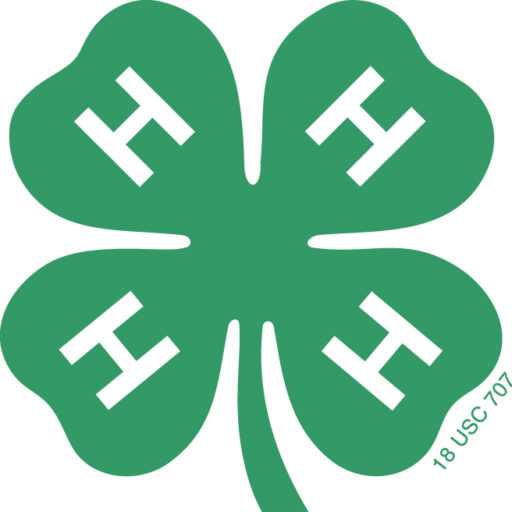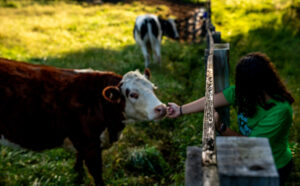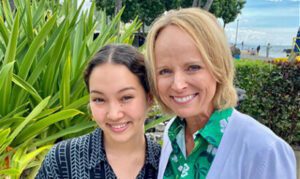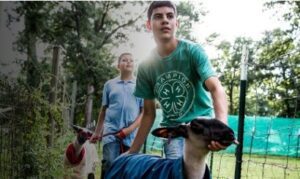It was a hot day here in Washington, D.C., but sitting next to the United States Marine Corps Memorial, just up above the city, one can take in the setting sun’s sky as it inspires the colors of our great Capital City to radiate vibrancy onto every surface. Not only that, but it also inspires thoughts. Thoughts of places: the Lincoln Memorial, the Capitol Building, the National Cathedral, the Kennedy Center, the Smithsonian Museums. Thoughts of people: Dr. Martin Luther King Jr., Thomas Jefferson, Benjamin Franklin, our Congress, our Presidents. Thoughts of life: our friends, family, our loved ones, our favorite holidays, favorite foods, events that we hated, events that we cherish. Thoughts of one’s self: who am I, where am I going, and what will I do with my future? As I sit overlooking the city, I remember why I came here to begin with, why so many others travel their distance to experience this place. For many, these memorials are reminders of those who changed the world; for others, they are a symbol of how we can change ours.
My mind takes flight with this thought and carries me away to a neighboring treasure of our Capital City. Approximately twenty-five miles west of here, in Chantilly, Virginia, sits the Udvar-Hazy Air and Space Smithsonian. This museum is essentially an airplane hangar filled with the planes of yesteryear and the shuttles and spacecrafts that reference our tomorrow. It is a symbol of the accomplishments of humankind and, even more importantly, a stepping-stone to our future. When entering this massive Smithsonian, guests experience the best in air and space, but what they truly find there, above all else, is imagination. They see that even people who were told they couldn’t fly found ways to soar into outer space! Walking the halls of Udvar-Hazy, we are surrounded by aircrafts, above and below, side to side, being bombarded by their boldness and humbled by their precision. These are the products of thought, and passion, and hard work. These are the products of true leaders.
Never lead your life entirely off of what you are told to be fact, but instead, use your imagination to be the change that you want to see in the world. In the words of Albert Einstein, whom is memorialized among the great leaders of our National Mall, “Imagination is more important than knowledge, for knowledge is limited to all we know and understand, while imagination embraces the entire World and all there ever will be to know and understand…. Logic will get you from A to B… imagination will take you EVERYWHERE.”
As the words of the Nobel Prize Winner ring through my mind, I am promptly reminded of a story of bravery and independence, a story which can best be told by a visit to another of the local Smithsonian’s – the National Museum of American History. Walking through this museum can be a bit overwhelming at times with exhibit after exciting exhibit featuring the great feats of United States Citizens through the years, but the exhibit that comes to my mind is the Greensboro Lunch Counter. In the Eastern Lobby of the Second Floor solemnly sits four diner chairs and a single lunch counter. As I contemplate these chairs, I move closer to them and take a seat. My mind takes me away once more, not through space, but through time. The year is now 1960. I look up to see the surrounding diner, a busy place serving 39 cent banana splits. Unimaginable, right? A group of four young college students walk in and sit down at the lunch counter beside me. Upon a polite meal order, the four students are promptly refused service simply because of what they look like and asked to leave. The four refuse to leave and decide to have a sit-in and protest the discrimination instead. I sit here alongside them, watching their faces as people pour in off of the street to harass the college students. As I stare at these four civilians seated next to me, I see what many people see when they gaze upon this lunch counter today in the Smithsonian: leaders. These four college students were brave enough to hold their ground against those that tried to make them feel less than human, these young people showed an entire nation what true leadership means through patriotism, sacrifice, and a deeply-rooted human passion for liberty.
Still looking out over the city, I am reminded of another people in our history who sacrificed so much yet still held the values of liberty close even in the face of such adversity. Sitting close to the Capitol Building is the Smithsonian’s National Museum of the American Indian. Within the four floors of this museum, guests can experience the culture and history of the Native American people, tribes, and civilizations of the Western Hemisphere. Wandering through its halls, I can’t help but remember those of whom contributed so much to a nation that once took so much from them, the Navajo Code Talkers.
During World War II, bilingual Navajo were specially recruited by the Marines to serve in standard communications units in the Pacific Theatre. They were specifically recruited because of their culture. You see, the Navajo language was one of the rarest around and had been almost completely forgotten by even the Navajo themselves. When it came to communications during World War II, the Japanese Military were relentless at cracking the United States’ coded messages, but by using the Navajo language, the Allies’ communications were undeniably strengthened and the Japanese did not prevail. We look to these Navajo Code Talkers as those who kept their culture close when so much of it had been stripped from them by the government leaders of the past.
I look over the grand buildings, memorials, and monuments of this city and I know that, just as the Navajo Code Talkers kept their language close to them, we too must continue to remember and teach the importance of these structures, these diner chairs, these stories of our past, for they are there to show us who we were, who we are, and most importantly, who we can be. As the sun sets upon Washington, D.C., the colors of my newly-adopted city begin to flicker off to sleep and I know that tomorrow is a new day, a new chance for thoughts, a new chance for passion, a new chance for action through communities, across the nation, and around the world. Tomorrow is a new story. What will yours be?
















